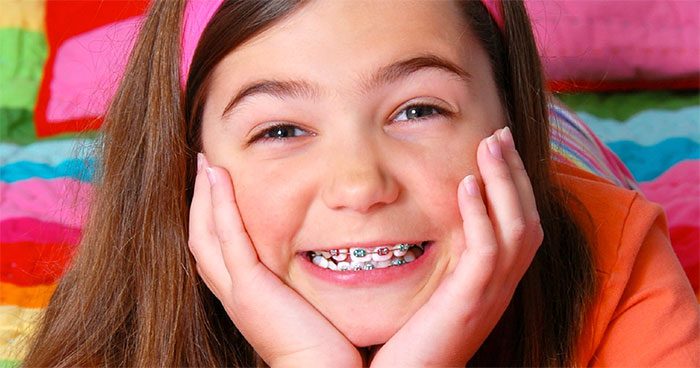Correcting dental imperfections at the right time will help children achieve beautiful and confident smiles as they grow up. Parents may consider growth orthodontics for their children at an appropriate age.
To help children have beautiful, healthy teeth, Dr. Hai Anh – Deputy Head of the Department of Maxillofacial Surgery at the 198 Hospital of the Ministry of Public Security, shares insights below to enhance understanding of growth orthodontics for children.
What is Growth Orthodontics?
Dr. Hai Anh explains that growth orthodontics, following the Bioprogessive approach, is the most modern and scientific orthodontic method available today. This method is based on leading global research findings regarding the growth and development of children from infancy to adulthood.
Research by Professor Robert Murray Ricketts, a renowned clinical orthodontist in the United States, indicates that dental discrepancies can alter the development of bone. Therefore, the Bioprogessive method focuses on bone growth as its foundation.
During this stage, children’s primary teeth gradually fall out and are replaced by permanent teeth, while the jawbone structure stabilizes. If orthodontics is performed at this time, it will be very effective. The duration of treatment is also shorter compared to treatments initiated in adulthood. In many countries, growth orthodontics is common for children, but in Vietnam, many parents have yet to prioritize this.

The Bioprogessive method is the most modern and scientific orthodontic method available today. (Illustrative image)
Why Should Children Undergo Early Growth Orthodontics?
A crooked, crowded, or protruding jaw not only complicates eating and speaking for children but also impacts their confidence in communication. Feelings of shyness and low self-esteem due to poor dental appearance can lead to children becoming withdrawn, less talkative, and lacking confidence in expressing themselves.
Dr. Hai Anh advises that ages 6 to 10 are the golden period to begin addressing issues such as narrow jaw, overbite, underbite, and misaligned or crowded teeth. This will support children in developing both physically and mentally, helping them to be more confident in the future.
The benefits of orthodontics during this golden period include correcting jaw alignment, minimizing the risk of future surgical interventions, and reducing pain levels for children. Having a beautiful smile early on will contribute to better psychological development during adolescence.

Ages 6-10 are the golden period to start treating narrow jaw, overbite, underbite, misaligned, and crowded teeth. (Illustrative image)
Stages of Growth Orthodontics for Children
According to doctors, growth orthodontics for children aged 6 to 15 typically involves two stages:
- First Stage: Ages 6-9. The doctor will monitor the child’s dental condition to intervene and correct some discrepancies in primary teeth. This prepares for the replacement of permanent teeth, eliminating issues such as deep bite, crossbite, and misalignment through functional appliances.
- Second Stage: Ages 10-15: At this stage, most of the teeth have erupted. This period is ideal for braces to achieve the highest orthodontic effectiveness. The doctor will fit the child with braces to move and arrange the teeth to ensure proper function for eating and speaking.
Some children may need to wear braces for 18 to 30 months to achieve the desired results. In cases where there are significant dental discrepancies, the treatment duration may be longer.
These are preliminary insights into growth orthodontics. Parents should explore reputable orthodontic facilities to prepare for their child’s confident smile as soon as possible.



















































